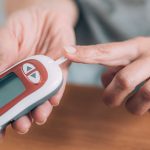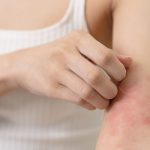
High levels of fluoride in drinking water may dim the intelligence of children, a new U.S. government report shows. Based on an analysis of published research, the potentially controversial report marks the first time a federal agency has determined there is a link between drinking twice the recommended amount of fluoride and lower IQs in kids. “Since 1945, the use of fluoride has been a successful public health initiative for reducing dental cavities and improving general oral health of adults and children,” the report stated. “There is a concern, however, that some pregnant women and children may be getting more fluoride than they need because they now get fluoride from many sources, including treated public water, water-added foods and beverages, teas, toothpaste, floss and mouthwash, and the combined total intake of fluoride may exceed safe amounts.” Importantly, “the determination about lower IQs in children was based primarily on epidemiology studies in non-U.S. countries such as Canada, China, India, Iran, Pakistan and Mexico where some pregnant women, infants and children received total fluoride exposure amounts higher than 1.5 mg fluoride/L of drinking water,” the report authors stated. “The U.S. Public Health Service currently recommends 0.7 mg/L, and the World Health Organization has set a safe limit for fluoride in drinking water of 1.5 mg/L.” One expert welcomed the findings. “I think this [report] is crucial in… read on > read on >

















-150x150.jpeg)
